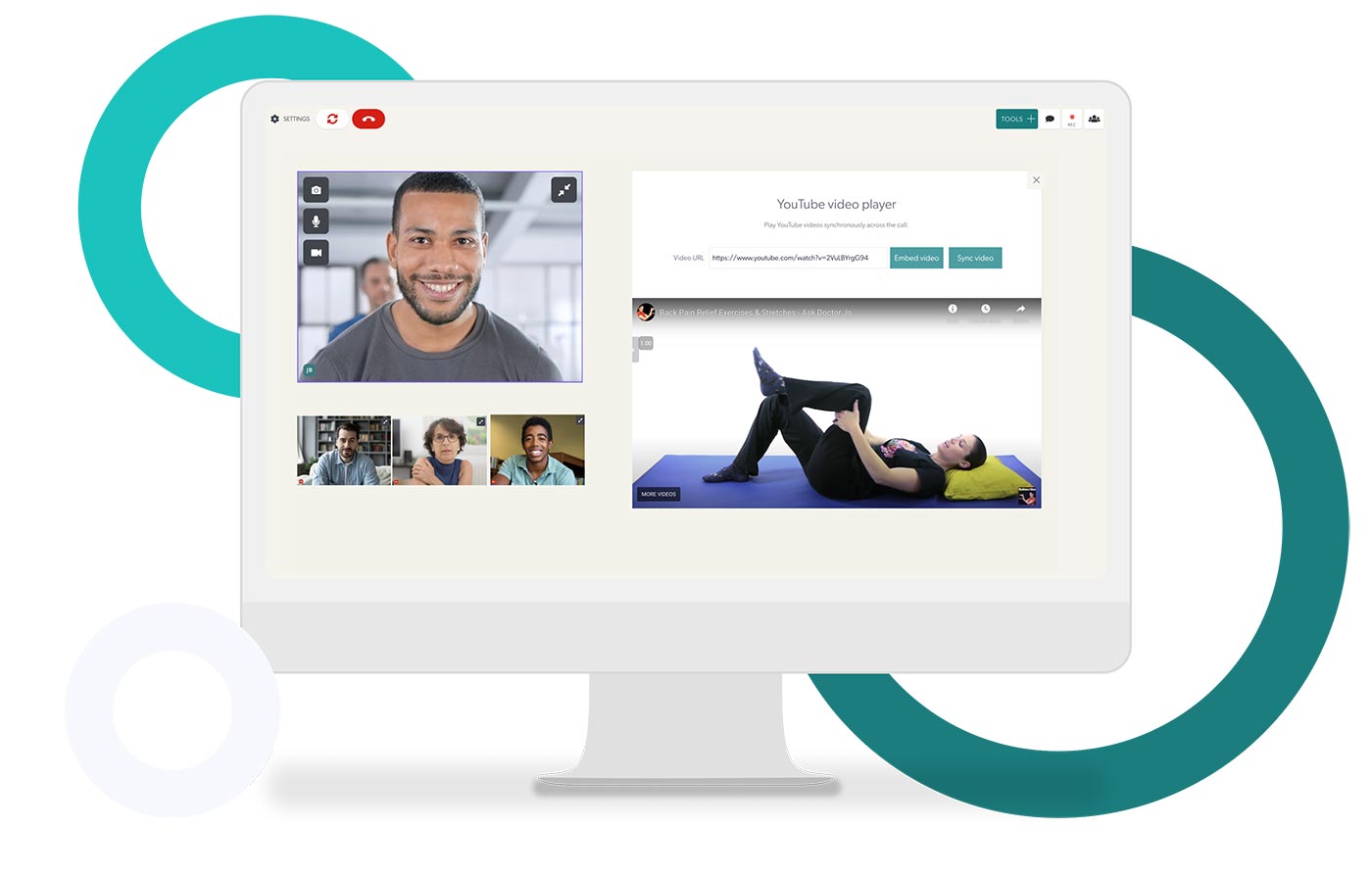Determine When Telehealth is Appropriate
Are you a health care practitioner trying to determine if telehealth is appropriate for your practice or client consultation? Let's dig in!
Telehealth is not appropriate for everyone, so it is important to assess whether or not telehealth is the best mode of service for each client and therefore identifying clinical appropriateness.
Clinical appropriateness is designed to assist health care providers in making the most appropriate treatment decision for a specific clinical condition for an individual. Most telehealth guidelines provide a list of considerations when assessing whether telehealth is suitable for your clients.
The AHPA Telehealth Guide recommends considering clinical, quality, safety, and practical factors when assessing suitability for telehealth. Similarly, APS Telehealth Guidelines recommends considering accessibility, symptomatology, and risk of harm to self and/or others. Although these considerations are important, they provide limited practical guidance when assessing the suitability of telehealth for a specific client.
Here is a quick and efficient checklist to determine if video telehealth consultations are appropriate for your mental health practice. Do you have the following covered?
-
Do you have the video telehealth clinical tools required to effectively treat the patient?
-
Do you have the willingness and availability of practice staff to perform a video telehealth consultation?
-
Has your practice staff been trained or skilled in using the telehealth platform?
-
Do you have the correct equipment required? For example a laptop or computer with a microphone, speaker, and camera installed.
-
Do you have an active account with a video telehealth software provider?
-
Availability of patient-end support including carer, friend, family member, or partner to assist when needed

Client appropriateness involves assessing if telehealth is appropriate for your client. In a recent literature review of telehealth psychotherapies, Thomas et al. explores which client factors impact uptake and satisfaction. The authors conclude that “studies of client variables predicting uptake, engagement, and completion of therapy have identified relatively few predictors”, citing one study where geographic barriers were unrelated to uptake and another study where demographics (age, race, gender, and marital status) were unrelated to uptake.
Here is a quick and efficient checklist to determine if a telehealth appointment is appropriate for your client:
-
What is the client's capacity to participate in a video call?
-
Is the client happy to have a video telehealth session for their appointment?
-
What are the client's clinical needs and can they be addressed via video telehealth?

An experienced telehealth provider mentioned that 90% of their clients were suitable for telehealth at a recent telehealth conference. They suggested that, in practice, there were only 3 reasons a client would be considered unsuitable for telehealth:
1. The client was hesitant to use telehealth.
2. There was a high risk that the client would not engage with therapy, so a practitioner would visit in person to help build strong rapport.
3. If the client was not progressing with telehealth sessions, a practitioner would attend the session in-person to assess whether extraneous factors were limiting progress (such as the relationship between the client and another practitioner present during the session.
In conclusion, practitioners should use their discretion (and the above checklists) when assessing the suitability of telehealth for each client!





